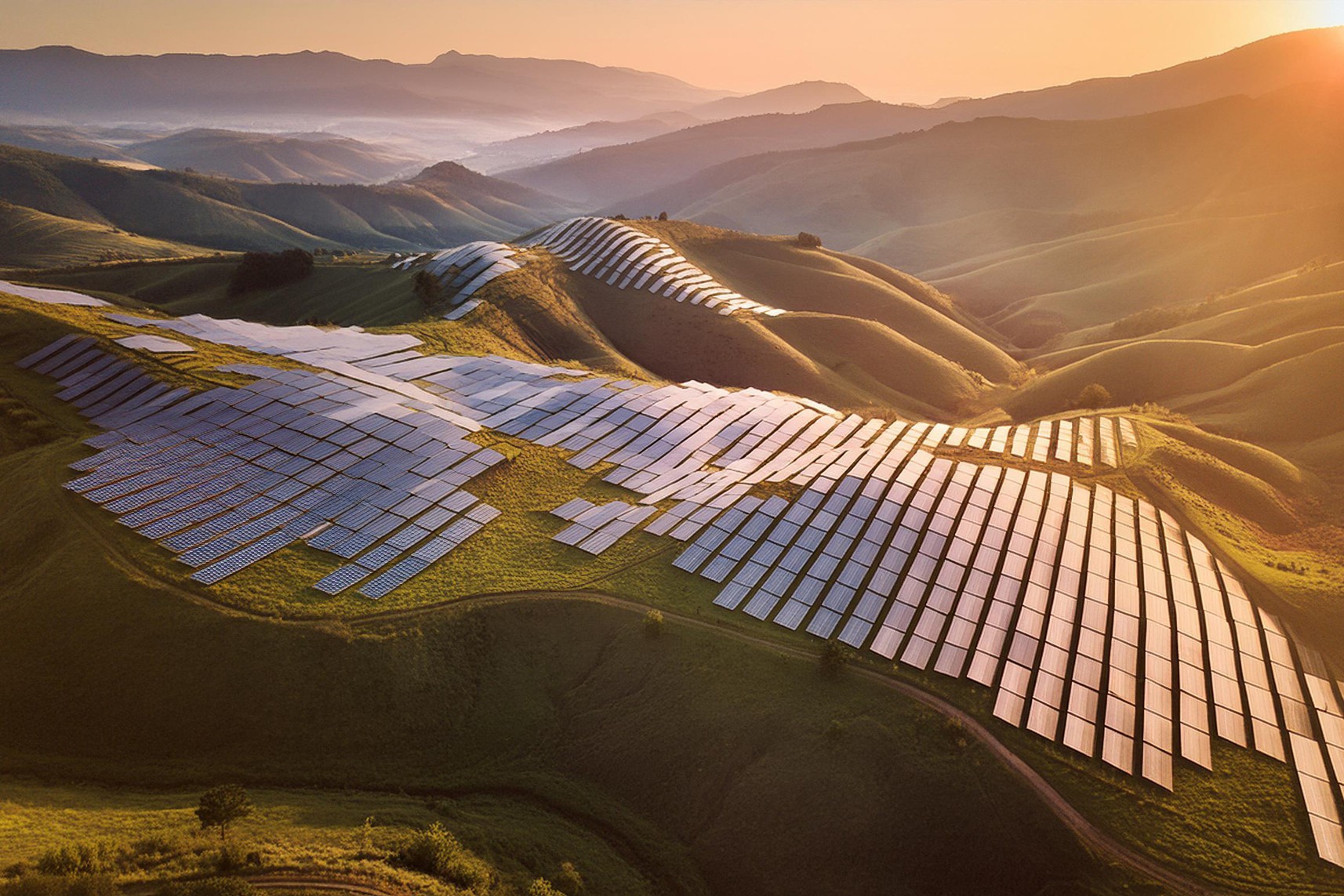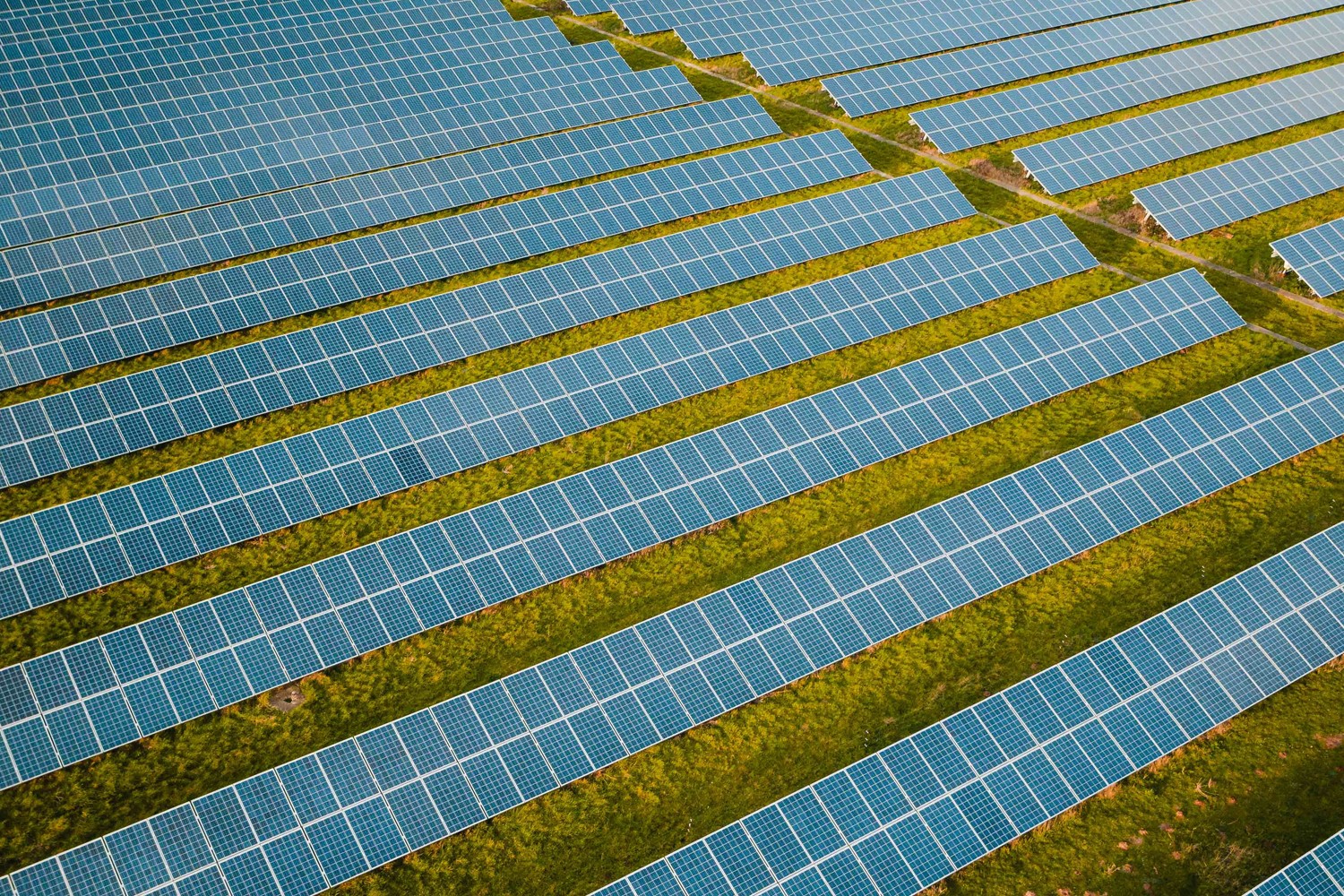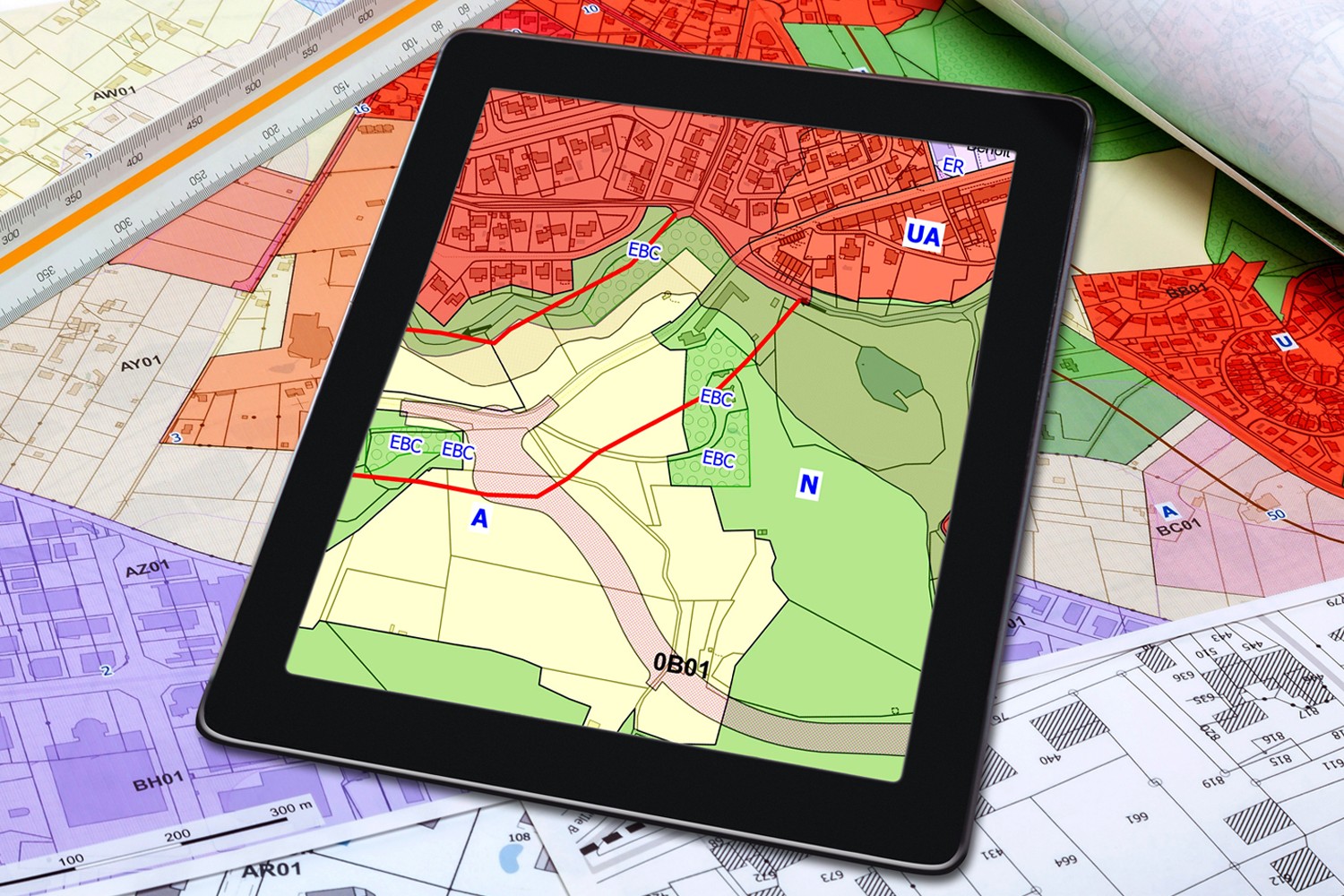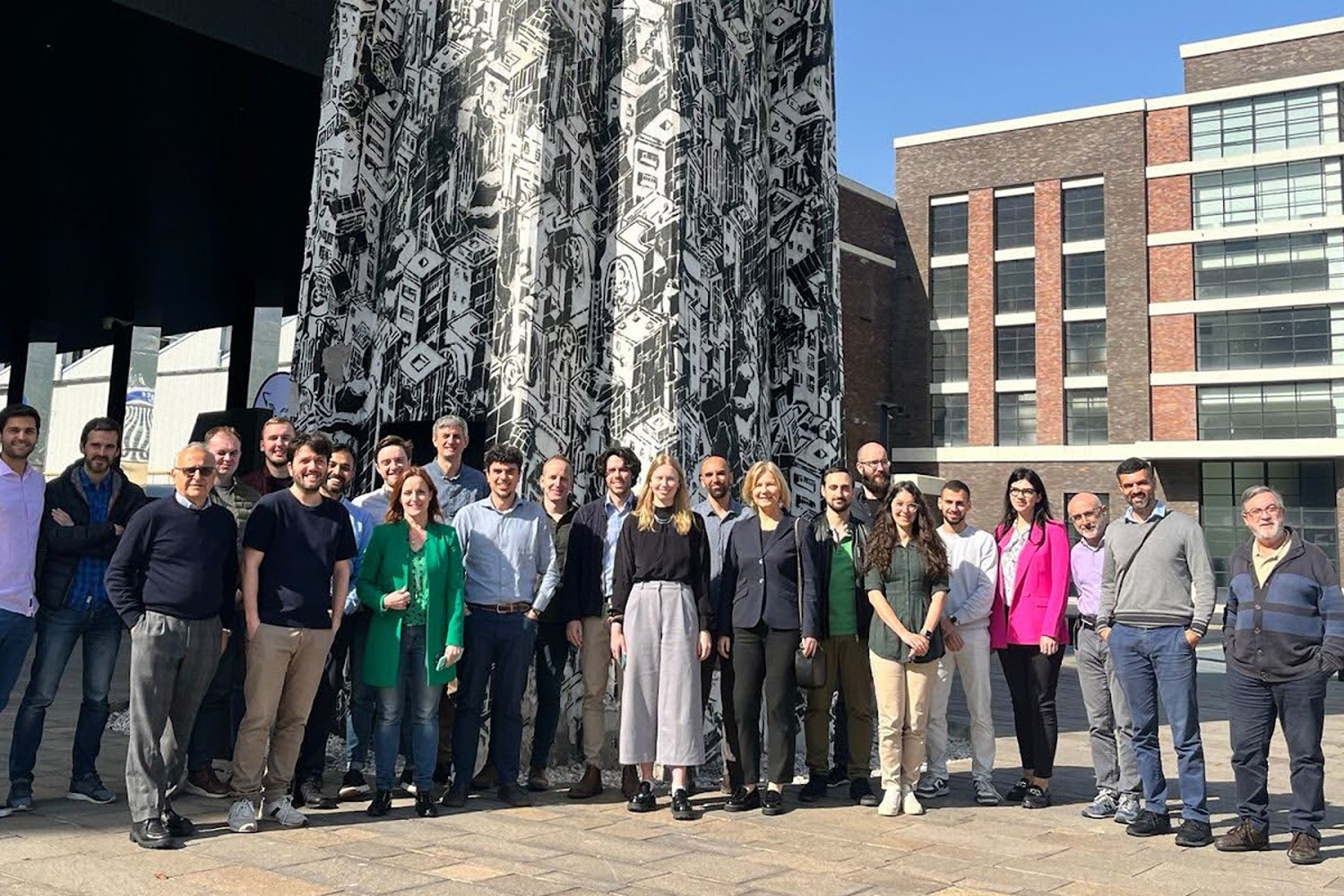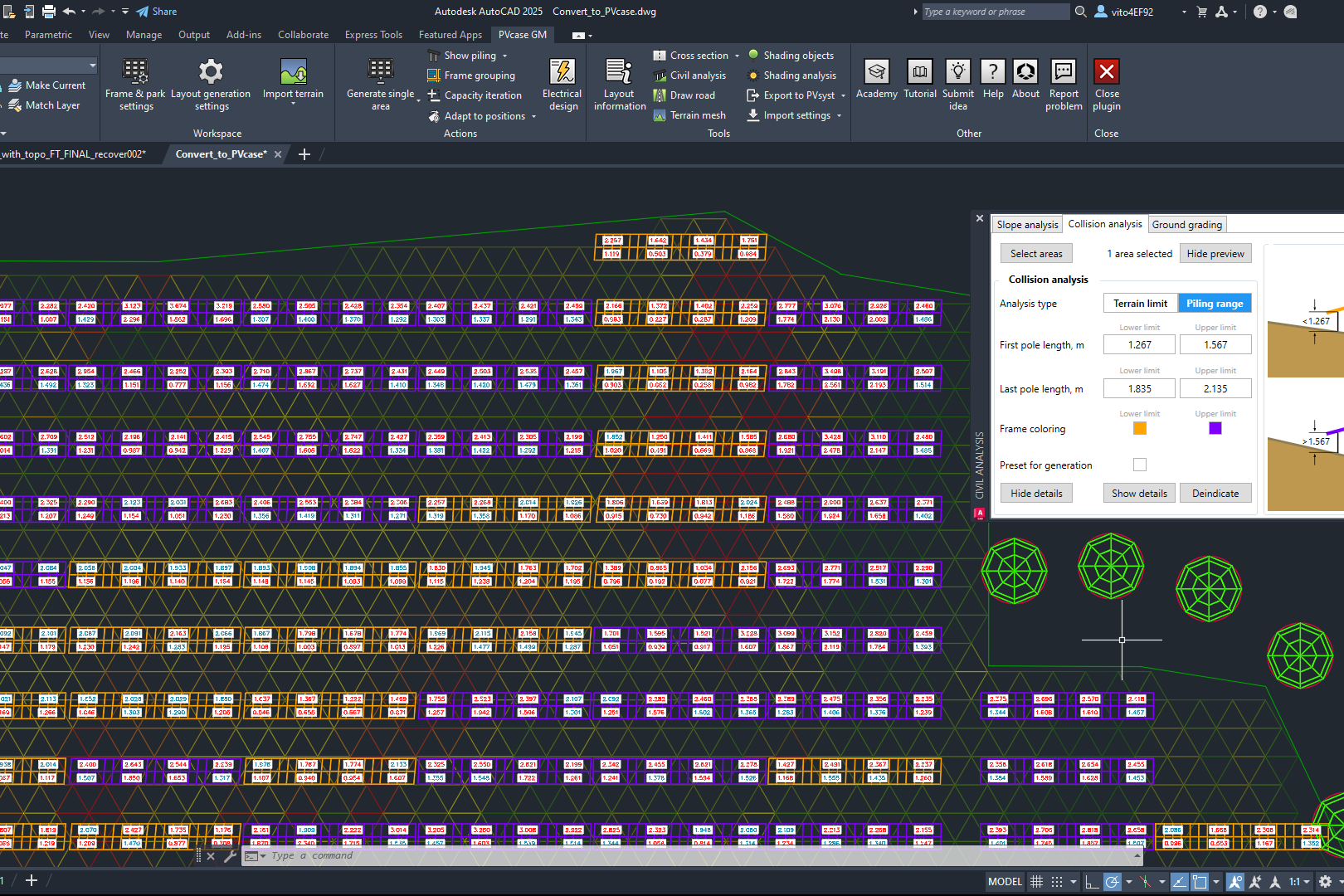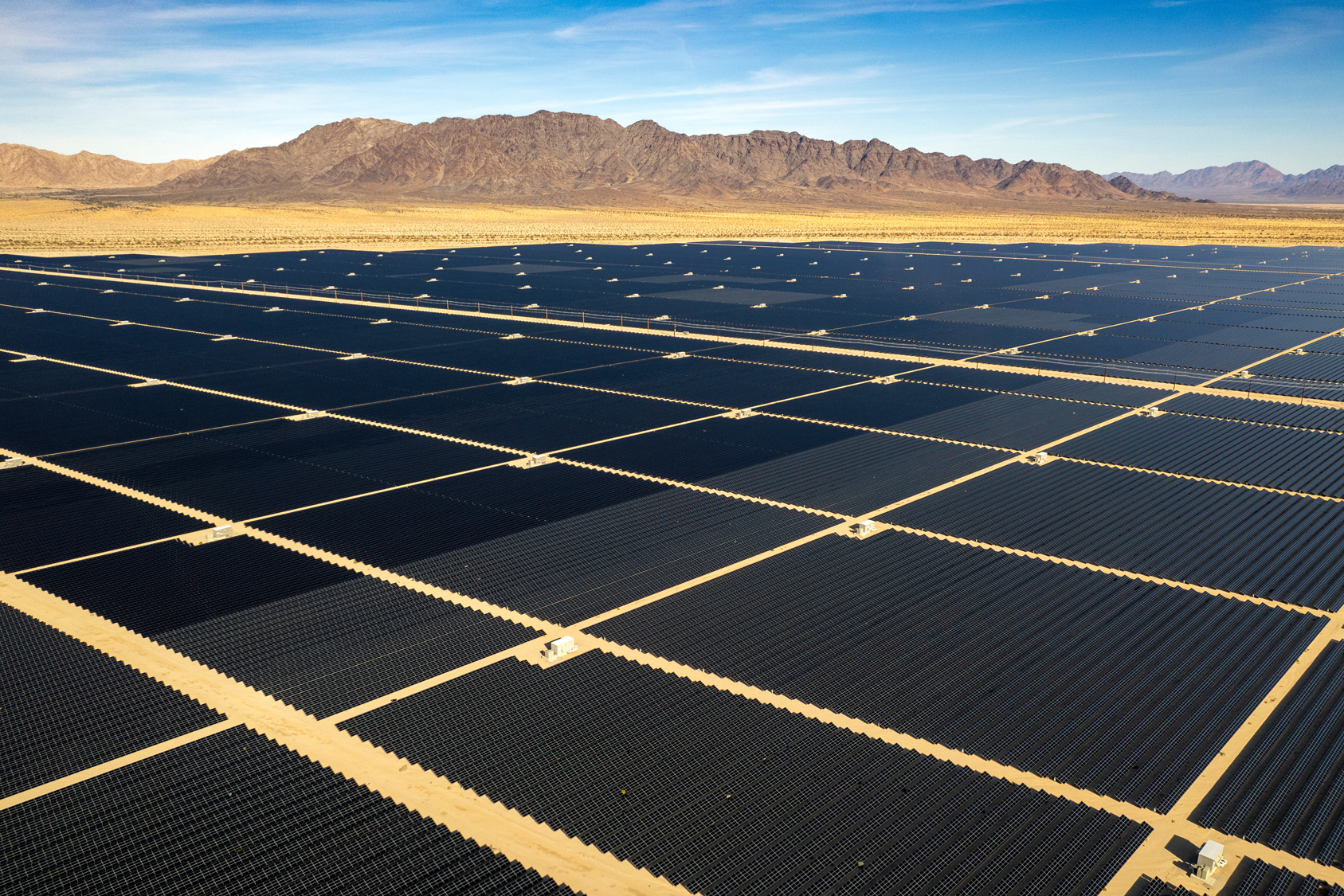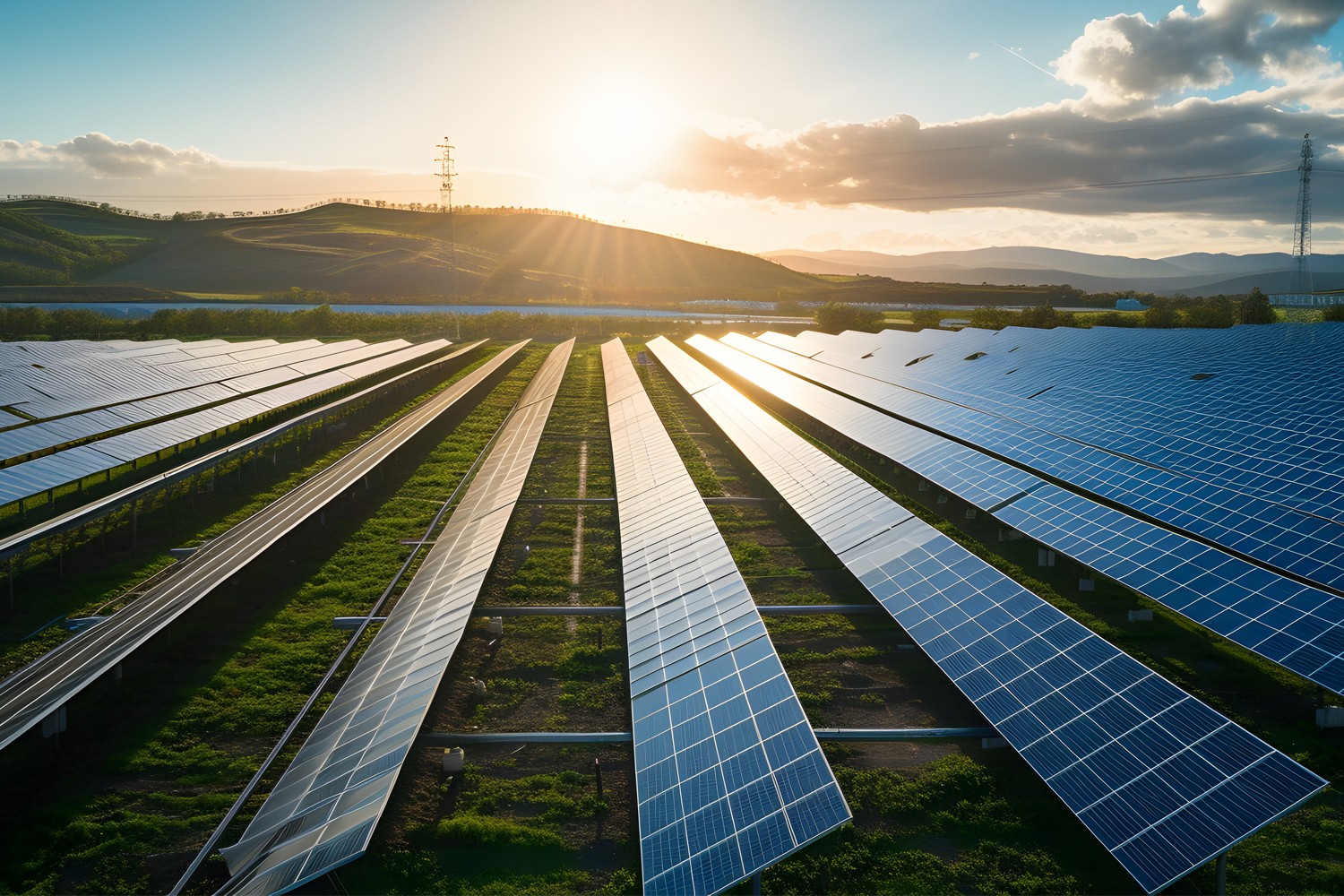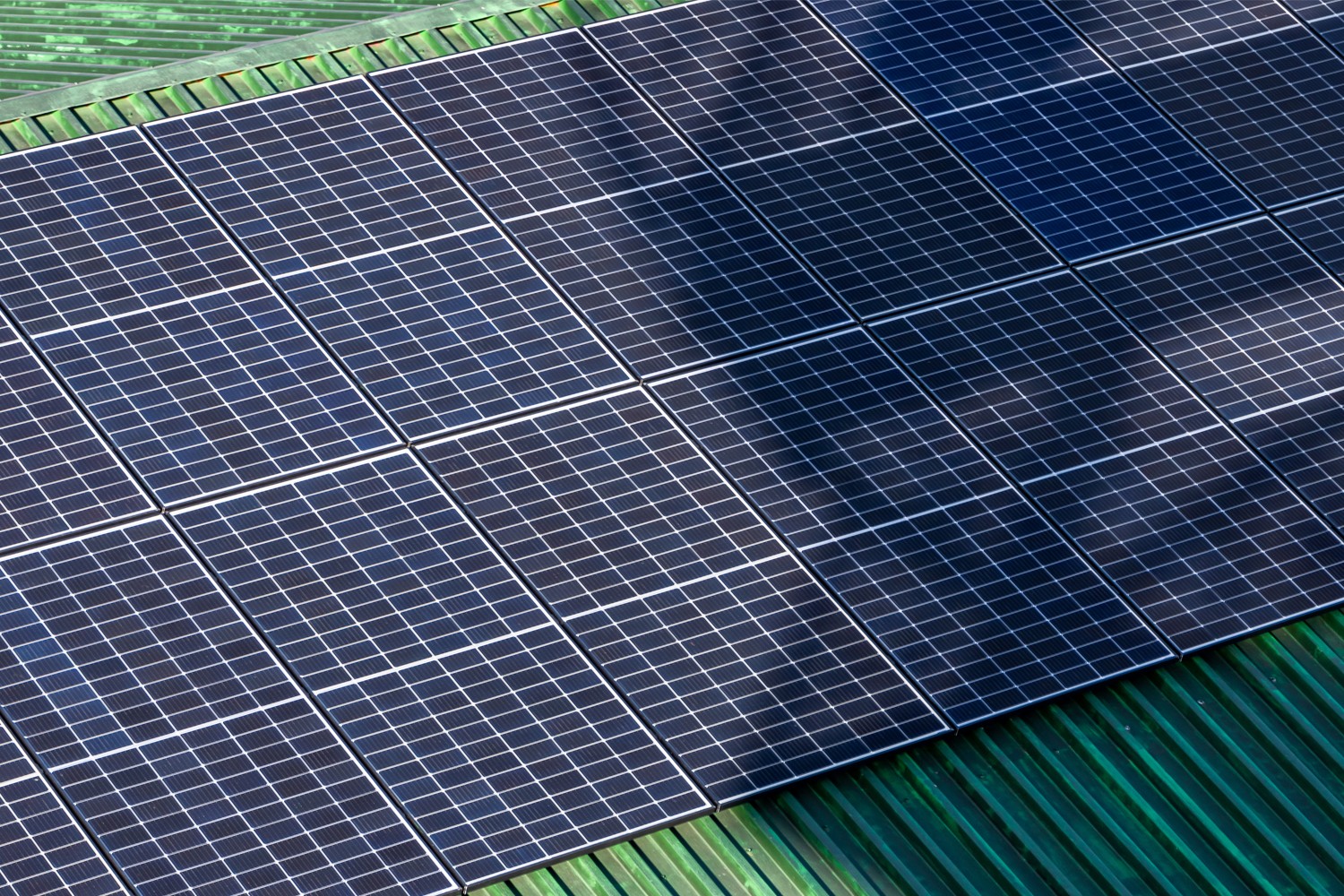Artificial intelligence (AI) has revolutionized this century’s way of life. Today, about 42% of large organizations report using AI while an additional 40% are actively exploring its use, according to research by IBM. However, one of the most significant uses for AI is in finding technological solutions for climate change. As the climate crisis continues to threaten social and economic systems worldwide, we may find ways to harness AI for our collective good.
It’s no secret that AI requires a large amount of computing power, and energy used for computing contributes to climate change. There is potential for AI’s benefits to outweigh its impacts, however, in accelerating our efforts to make meaningful progress. This is especially true if we use renewable sources like solar power and wind to make electricity production more sustainable overall.
Upgrading the power grid to efficiently incorporate renewables is in fact one area where AI can help. The idea is to create a “smart grid” composed of AI sensors and automated controls that can efficiently transmit electricity from many different energy sources and guard against surges or blackouts.
In addition to such possibilities for making the power grid more resilient and sustainable, there are ways that AI might be able to help solve the very biggest challenges facing our planet.
Urban planning
Urban planning is the science of deciding how best to use the land and resources while expanding a city or town. From infrastructure to environment and transportation, the idea is to balance economic growth with environmental protection and sustainability.
In his article “Climate Adaptation, Mitigation, and Urban Design,” Robert Steuteville emphasizes the importance of urban planning by highlighting various ways to make cities greener, such as integrating technology or adapting infrastructure. He highlights the crucial role of artificial intelligence in boosting the effectiveness of these strategies.
Some ways that AI can improve our cities are:
- AI can predict weather patterns and track environmental changes, helping designers better equip their plans to withstand changing conditions.
- AI climate modeling can simulate future climate change scenarios, enabling designers to consider project performance. For instance, an AI model can simulate 2050 flooding scenarios, aiding designers in incorporating protective measures.
- With AI, engineers can optimize designs to be more environmentally friendly and sustainable. This is by using big data algorithms to identify patterns humans may miss and find new opportunities for efficiency.
In the future, AI might help create more personalized urban planning strategies for cities.
Route planning
Transportation currently accounts for 20% of the world’s carbon dioxide emissions. Effective route planning can reduce carbon emissions by minimizing the distances traveled and the amount of fuel consumed. With AI, it becomes even more powerful. A few opportunities for automated intelligent route planning include:
- Real-time traffic data and AI algorithms minimize wasted time in traffic, saving fuel and reducing emissions.
- AI allows for route planning that takes weather conditions into account, leading to decreased fuel consumption and carbon emissions.
- AI-powered delivery route optimization reduces the number of trips for delivery trucks, saving fuel and cutting emissions.
In the future, expect AI to develop more advanced models that optimize multiple variables simultaneously, like delivery times, vehicle capacity and fuel efficiency.
Accident reduction
From minor road incidents to major oil spills, accidents can result in a lot of waste, unnecessary energy consumption, and fuel usage. They often cause significant harm to the environment.
By analyzing common causes of accidents and mistakes made in addressing them, AI can develop strategies to avoid incidents. For instance, AI-powered driver coaching can provide real-time alerts to drivers about potential hazards or risky driving behaviors, reducing the likelihood of an accident.
AI could help prevent large-scale accidents too. For example, predictive models could anticipate potential failures in oil pipelines or drilling equipment and prompt preventative measures, minimizing the risk of devastating oil spills.
Satellite analysis
Satellite systems are vital for monitoring Earth’s climate and detecting changes of concern. This technology tracks weather patterns, monitors sea ice changes and identifies anomalies like sudden increases in greenhouse gasses. AI can take these capabilities even further.
Machine learning (ML) algorithms can recognize specific patterns or anomalies in satellite imagery, enabling quicker and more accurate detection of potential issues. For example, AI has been used to detect deforestation in the Amazon rainforest. In the future, AI might be able to analyze even more complex and large-scale satellite data to enhance predictive models for climate change.
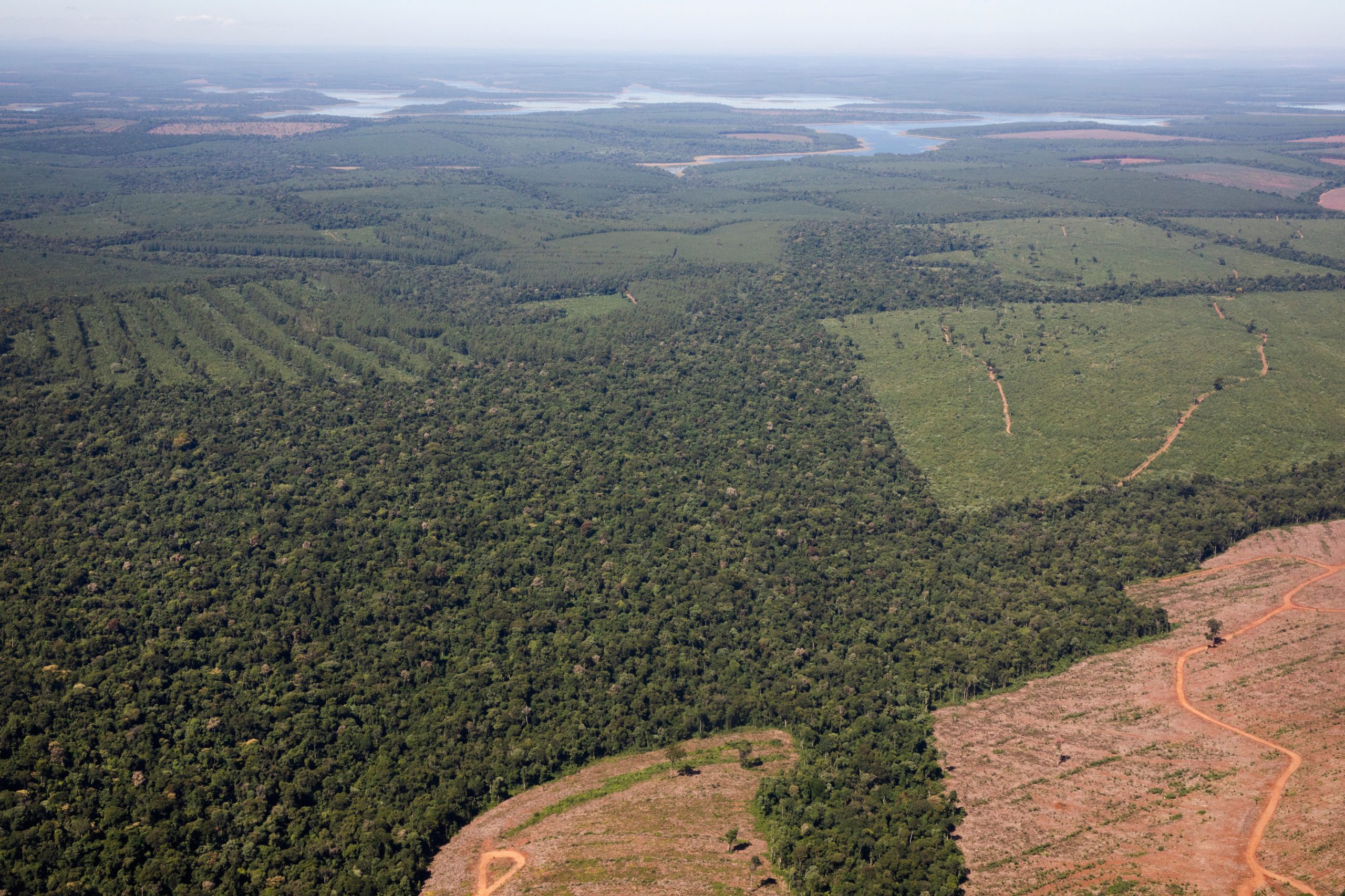
Remote monitoring
With remote monitoring, scientists can keep tabs on different environmental factors like weather conditions, air quality, ecosystem shifts and wildlife migration patterns. AI can automate these processes, making remote monitoring more efficient and scalable.
ML algorithms analyze data, identify trends and anomalies and predict future changes based on past patterns. For instance, drones and AI tools are used to monitor the ecological health of the Great Barrier Reef, providing real-time data on coral bleaching, water quality and other critical indicators.
Weather forecasting
Accurate weather forecasting is crucial as climate change makes weather patterns less predictable worldwide. AI can greatly enhance forecasting by analyzing data, identifying patterns and making precise predictions for short-term and long-term weather patterns. For instance, IBM’s GRAF model utilizes AI to provide high-resolution weather forecasts, benefiting industries like agriculture and renewable energy.
As for future improvements, AI could integrate more data sources and variables to create even more accurate weather forecasts.
Disaster analysis
Analyzing disasters is a must to better prepare and respond to future events. Understanding patterns, causes and effects of varying types of disasters makes it easier to develop effective safety strategies. AI plays a significant role by processing vast amounts of data from disasters to identify warning signs and typical progression patterns. This enables early warnings and timely evacuations, saving lives and reducing property damage.
For example, AI can analyze many datasets to predict not only the path of a hurricane, but also the likely infrastructure damage to prepare for in the areas it will hit. AI can also be used to study the climate and vegetation in areas prone to wildfire outbreaks and thus craft specific fire containment or evacuation strategies.
Resource management
Managing resources effectively is crucial in tackling climate change. This means taking a closer look at how resources in areas like agriculture, manufacturing and emergency response, among others, are handled. Optimizing how these resources are used can reduce waste, decrease emissions, and improve overall efficiency.
AI can analyze resource usage and identify opportunities for optimization. Machine learning algorithms can predict resource needs based on various factors, enabling more accurate planning and allocation. In manufacturing, AI can optimize production processes to reduce waste and energy consumption. With advancing AI capabilities, we may see more efficient and sustainable use of resources across all sectors.
Agricultural planning
Inadequate agricultural planning can worsen climate change and its effects by contributing to greenhouse gas emissions, waste generation, soil erosion and habitat destruction. To combat this, it’s crucial to adopt sustainable agricultural practices. Fortunately, AI can help by assessing the environmental impacts of agriculture and calculating ways to minimize them.
ML models can predict the outcomes of different farming practices and suggest optimal strategies. For example, AI can guide precision farming, making sure precious resources like water and fertilizers are used in the most efficient way possible. AI can also provide real-time data on soil health, crop yields and even pest infestations, helping farmers make better decisions.
Risk assessment
One of the most important aspects of climate change management is risk assessment — identifying potential hazards, assessing their likelihood and impact and developing response options. AI enhances this process by analyzing vast amounts of data to identify potential risks and create predictive models. This not only helps in disaster preparedness but also allows for better risk management strategies.
For instance, AI can analyze risks of sea-level rise for coastal communities and suggest appropriate adaptation measures. Moreover, AI can model different response options, helping decision-makers choose the most effective strategies.
Ultimately, as the climate continues to challenge us, AI will play an increasingly important part in combating its effects. With advancements in technology and data collection, expect to see even more innovative uses in addressing climate change.
You might also be interested in:
July 19, 2024
Siting of PV power plants. How to adapt solar designs to complex terrains?
Choosing the wrong PV project site lowers energy output, raises costs, and risks legal issues. PVcase offers solutions. Discover them by reading the article.
July 16, 2024
Overcoming technical challenges in renewable energy projects. How PVcase transformed OHLA’s design process
Explore how OHLA overcame renewable energy design challenges with PVcase, streamlining solar park operations and achieving remarkable business growth.
July 3, 2024
Bridging the renewable energy skills gap. A success story of PVcase, Enery, and the University of Applied Sciences Upper Austria
Discover how PVcase, Enery, and the University of Applied Sciences Upper Austria have collaborated to prepare future solar engineers through an innovative educational initiative,…
July 1, 2024
Top 10 questions from Intersolar Europe 2024, answered
Get answers to the top 10 questions asked during Intersolar Europe 2024 that cover PVcase Prospect's availability, integration of PVcase products, and much more. Your question is…
June 19, 2024
Targeted solar marketing for successful landowner outreach — e-book included!
Discover how innovative strategies and Anderson Optimization's GIS Site Selection can boost solar outreach ROI and conversions. Download the ebook for more insights!
June 3, 2024
PVcase is part of the 42-month long SUPERNOVA project
PVcase, together with 19 partners from all over the world, is part of the 42-month SUPERNOVA project, focusing on O&M and grid-friendly solutions for reliable, bankable, and…
May 29, 2024
PVcase tools are now compatible with AutoCAD 2025!
We’re happy to announce that you can now use PVcase Ground Mound and Roof Mount, our flagship CAD-based tools, on AutoCAD 2025, enjoy its multiple functionalities and integrate…
May 20, 2024
PVcase is the finalist of “The smarter E AWARD” in the Photovoltaics category
We’re the finalists of “The Smarter E AWARD”! Read more about the nomination and dive into the PVcase Integrated Product Suite offering that innovates the industry.
May 14, 2024
Making great designs on good sites—the importance of topo data for PV design
Topo data is the first step in determining the success of your solar project. While the terrain is crucial in this regard, developers should also consider grid connectivity and…
April 29, 2024
How policy can shape future solar energy expansion
Policymakers and regulatory organizations must actively support solar power's growth and renewable energy advancement. Read the article to learn how.
April 25, 2024
Shading Analysis: advanced feature for C&I roof-mount solar projects is live
Shading Analysis is live! Read the article to learn about benefits, capabilities of the tool, and how it can help users and decision-makers.
April 9, 2024
PVcase wins the BNEF Pioneer Award 2024 for innovative solar design solutions
We won the prestigious 2024 BNEF Pioneers Award! Find out how our software contributes to relieving bottlenecks in the deployment of clean power.
March 29, 2024
Sustainable cities: what urban living of the future might look like
From clean energy to green bonds and renewable energy stocks, there are many ways you can invest your money in a sustainable future. Find them out by reading the article.
March 22, 2024
8 ways to invest your money in a sustainable future
From clean energy to green bonds and renewable energy stocks, there are many ways you can invest your money in a sustainable future. Find them out by reading the article.
March 21, 2024
8 business opportunities in renewable energy
There are many potentially lucrative business opportunities in renewable energy. Learn how you can use these opportunities to make money while contributing to the green…

